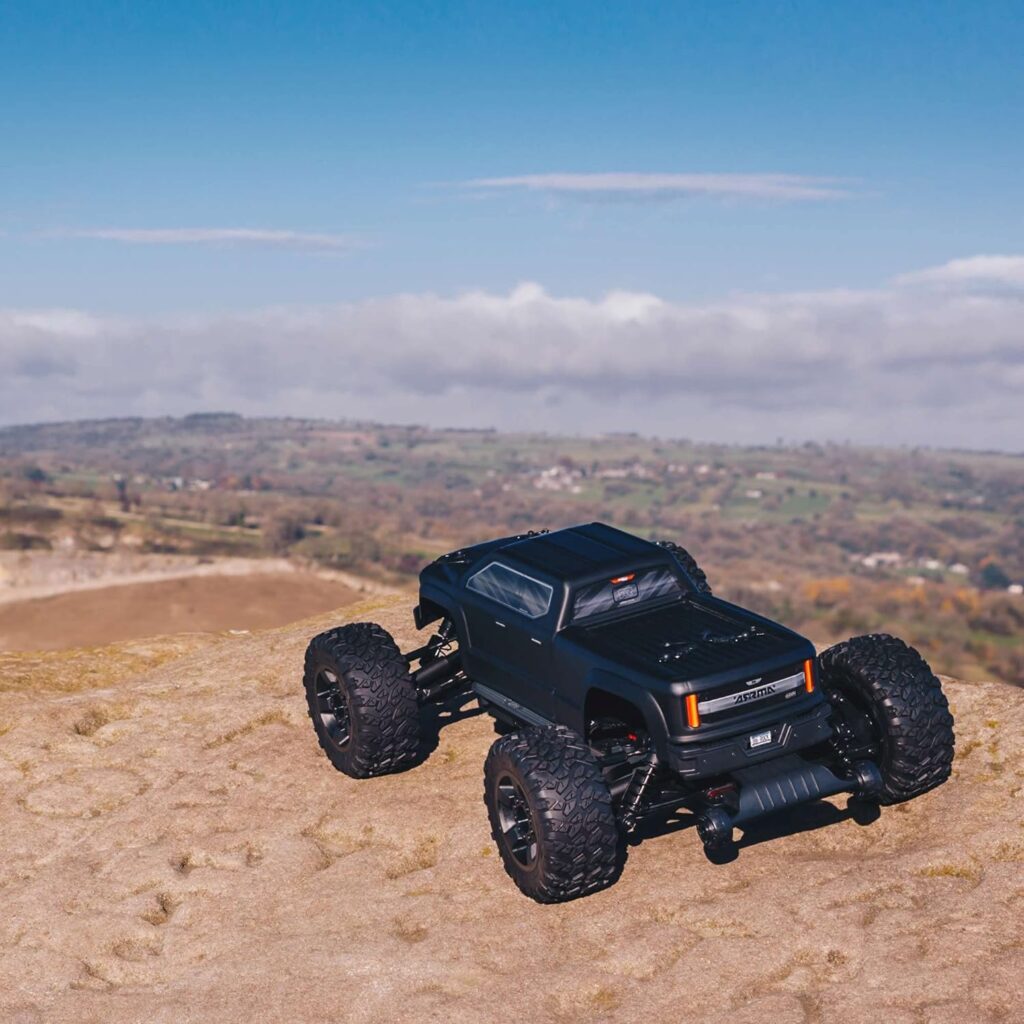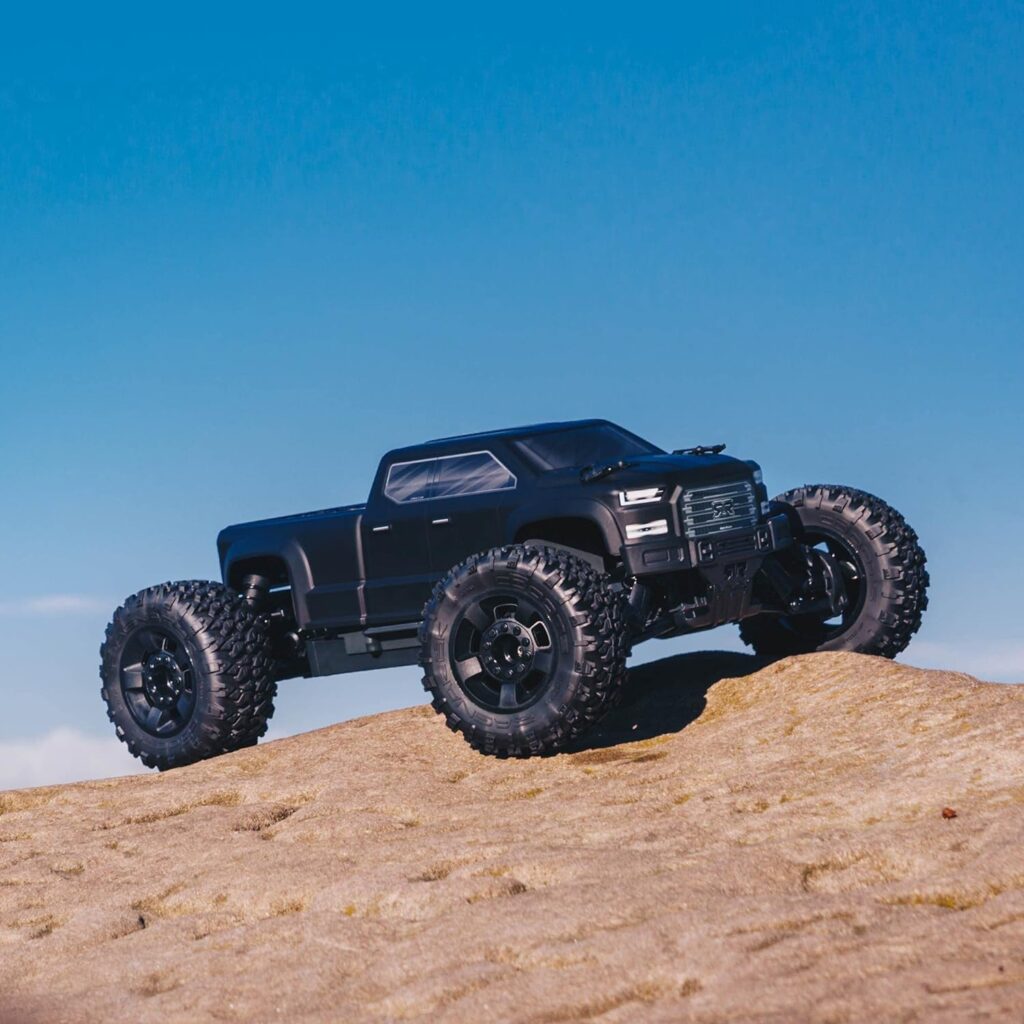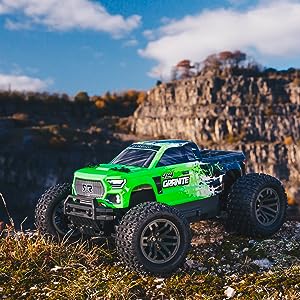
RC cars are more than just toys – they are highly customizable racing machines capable of astonishing speeds. Advances in miniature electric motors, lithium polymer batteries, and precision electronics have unlocked blazing velocity previously unimaginable. Professional RC racers regularly push speeds over 100 mph, with expertly crafted vehicles exceeding 150 mph!
Even as a hobbyist getting into RC cars, the speed capabilities are extremely impressive. Off the shelf hobby-grade RC cars can hit 40+ mph on pavement. With some modifications like gearing changes and upgrades to the motor or battery, suddenly reaching 60+ mph is within reach. However, with great speed comes responsibility – controlling these small speed demons requires skill and practice.
In this blog post I’ll cover everything related to RC car speed. What exactly makes them so fast? How fast can they go? And importantly – how can you modify and fine-tune an RC car to go faster if desired? By the end, you’ll understand exactly what gives these vehicles their ridiculous pace.
What Factors Determine the Top Speed of an RC Car?
An RC car’s speed is dependent on several key components working together – the motor, battery, and gearing all play crucial roles. Selecting the right parts and tuning them properly determines how fast your car can ultimately run.
The Motor
The electric motor provides the power that drives the wheels of an RC car forward. More powerful motors that can draw more current and generate higher rpm (revolutions per minute) will enable greater maximum speeds. Brushless motors in particular have become popular in modern RC cars as they provide more efficiency and torque. The tradeoff is that higher performance brushless systems can raise costs. Still, upgrading to a motor with neodymium magnets, more windings, and lower internal resistance can allow an RC car to hit peak speeds more effectively.
The Battery
The battery capacity and voltage play a critical role in determining speed. The battery supplies electricity to the motor, so batteries with higher milliamp hour (mAh) ratings and cell counts can sustain speeds for longer durations. However, peak instantaneous speed is more dependent on voltage. Upgrading your RC car’s battery to one with a higher voltage leads to a more powerful motor and higher potential rpm. Most stock RC car batteries sit around 7.2V to 7.4V, while performance enthusiasts often use 11.1V lithium polymer batteries to gain extra speed capabilities.
Gearing Ratios
The gearing connects the motor to the drive wheels. Adjusting the pinion and spur gears to optimize this gear ratio transfer more efficient mechanical power to maximize rc car speed. Lower gear ratios generally provide better acceleration, while higher gear ratios allow higher eventual top speeds at the expense of slower acceleration. Finding the right balance involves testing. Oftentimes, an aftermarket gear set specifically designed for speed runs can best improve an RC car’s maximum speed when matched properly with a battery and motor combo.
The components must work harmoniously – an overpowered motor paired with weak batteries and gearing may fail to reach its potential. With thoughtful selection of parts and methodically testing gear ratios, the peak speed can be tuned for your RC car’s capabilities.

What Speeds Can Hobby Grade RC Cars Reach?
Hobby grade RC cars make up the majority of remote controlled vehicles for casual enthusiasts and amateur racers. More affordable and ready-to-run than professional competition models, hobbyists can still reach exhilarating speeds.
Speeds for Off-Road Bashers
For bashing around off-road tracks, backyards, or makeshift courses, hobby grade trucks and buggies tend to top out from 20-45 mph. Short course trucks designed for racing often reach 35+ mph, while monster trucks built for jumping and trailing driving often sit between 20-30 mph. Major factors that affect the speed include terrain, gearing, and weight. Heavier trucks weighted down for stability go slower on dirt than lightweight 2WD and 4WD buggies optimized for racing.
On-Road Car Speeds
On paved surfaces and smooth indoor floors, on-road RC cars can generally hit higher top speeds than off-road varieties. Electric touring cars and high-performance on-road buggies can commonly reach 50+ mph in the hands of intermediate hobbyists. The traction and lack of rough bumps enable greater acceleration and ability to stabilize at maximum speed.
Race Class Restrictions
In organized RC racing leagues and events, regulations often restrict speeds for competition. For example, popular spec classes strictly regulate motor, battery, and gearing combinations to keep things competitive. Similarly, tracks hosting races often enforce limits around 30-40 mph for safety. While their peak speed capabilities may be higher, hobby grade racers are reigned in by rules. Outside competitions though, they can stretch their legs more freely.
Advancing remote control vehicle technology keeps bringing faster speed capabilities to hobbyists. But most import is remembering to drive safely and master control of your vehicle at the limit. Saving the 100+ mph blasts for professionals with endless run-off space keeps the RC car hobby fun for all ages getting into it.

How Can I Make My Car Go Faster?
Getting more speed out of your RC car involves both component upgrades and precision tuning. Modifying or replacing parts to reduce drivetrain resistance while balancing gear ratios are key.
Reduce Drivetrain Resistance
The transmission of power from the motor to the wheels requires overcoming mechanical resistance internal to the car. Aftermarket parts with higher precision engineering, lighter materials, and lower friction can help maximize efficient power transfer to the wheels.
Upgrading parts like the drive shafts, bearings, differentials, shocks, chassis, and hardware to premium racing components removes binding points that sap speed. Ceramic bearings, titanium or carbon fiber drive shafts, adjustable turnbuckles, oil filled dampers all enable smoother operation so less power is lost enroute to acceleration.
Gearing for Speed
One of the easiest ways to boost speed if your car has enough power is adjusting the gear ratio. Changing the pinion and spur gears to balance torque and rpm can optimize for top speed. High torque provides quick acceleration but lower rpm limits maximum velocity. Lower torque drops acceleration but if geared right allows higher final speeds.
Experiment with different gear combinations while paying attention to motor and battery heat. Data logging or external temperature sensors help gain insight. Once the optimum gear range for efficiency is found, fine tune gear mesh and verify alignments. Improper gear mesh alignment after gear swaps can significantly hamper RC car speed by not fully transferring rotational force.
The key is matching your upgrades to identify and eliminate performance bottlenecks while balancing all components. More speed potential requires testing limits of the adjustments to avoid new issues. Safety remains priority one – only make speed runs where you have room to stop.
Enjoyed this guide of how fast can a radio control car go? Then be sure to check out our other RC Rating guides.